Despite the geopolitical currents that have surrounded Jerusalem for centuries, it is first and foremost a city, with the same urban needs and aspirations as any community in the world. In this urban context, making Jerusalem a cleaner, greener, and healthier city for all its residents has proved to be a shared goal.
The largest stones we know of are those in the Western Wall, whose lowest layers date back to the First Temple period. Yet these stones are basically the same local Jerusalem material used today in urban development. The little bird in the picture is of course the swift, mentioned in the Old Testament by the prophet Jeremiah. The Western Wall swifts, as they are called, were noted by the Prophet Jeremiah, who claimed that they are more faithful to their routine than the straying Children of Israel to their faith:
Yeah, the stork in the sky knows her appointed time, as the turtle dove and the swift observe their time of coming….
—Jeremiah, Chap. 8, vii

There is something truly remarkable in the migration habits of the swifts. They are just a few of the half billion birds that fly over Jerusalem twice a year, on the busiest bird migration route in the world, following the famous Rift Valley, from Africa in the south to Anatolia in the North. Understanding the significance of Jerusalem in the global birding context led to the establishment of the Jerusalem Bird Observatory, a small but important natural area just behind the Knesset. Here birds are checked and banded before going on with their journey. For them, Jerusalem offers a green oasis, with food and water to compensate for their depletion of strength while flying over the desert south of the city. Many of us have come to realize that when we support a community garden or a green area in Jerusalem, we are effectively supporting this borderless global food chain. Fortunately, migrating birds are not required to hold visas for all the borders they cross…..On the other hand, a famous Israeli ecologist, Prof. Uriel Safriel, noted that the swifts seem to be no less worthy of the title “pilgrim” than the Jews, Christians, and Muslims that visit the Holy City at their appointed times.
Recently a stone in the Western Wall, that had become loose for some reason, dropped and landed at the feet of a woman who was praying by the wall. Thankfully, no one was hurt, but the incident triggered a lot of speculation, and being a holy site in Jerusalem, reached the global news networks. These latter speculated as to whether this might have been an act of terrorism, but missed entirely what I believe was the important part of the story. In 2002, in the course of “repairing” the Western Wall and the walls of the Old City, the 88 nesting crevices used by the swifts for the last 2,500 years had been saved from being cemented over due to the watchful diligence of the Swift Lovers Society. After the recent incident, it was feared that in an attempt to secure the safety of pilgrims at the Western Wall, there would again be a move to cement over crevices, many of which serve as nests for the swifts during their annual visit and mating season. These gallant protectors of swifts’ rights joined forces with the Jerusalem Green Fund, the Antiquities’ Authority and the Society for the Protection of Nature in Israel, dreading a renewed assault on the swifts’ nesting places, which might be blocked in in the name of protecting the safety of worshippers by the wall. We submitted a special request to the Rabbi of the Western Wall, and hopefully we have succeeded in ensuring the right of the Swifts to continue their annual pilgrimage to the Western Wall.
Indeed the concept of Jerusalem conjures up an infinite array of images, from the deeply spiritual, to the purely physical. The spiritual spectrum of Jerusalem primarily embraces the three Abrahamic faiths, Judaism, Christianity, and Islam, and has throughout history provided a platform for conflict. Who will “control” the holy sites of Jerusalem? Who will be able to visit them? At this time, members of the three faith communities all have access to their places of worship, and the densely populated square kilometer of the Old City, with its Jewish, Christian, and Muslim quarters, conducts itself for the most part with mutual respect. This was not always so.
It is important to note that in spite of the geopolitical currents that have surrounded Jerusalem for centuries, and show no sign of abating, it is first and foremost a city, with the same urban needs and aspirations as any community in the world. In this urban context, making Jerusalem a cleaner, greener and healthier city for all its residents has proved to be a goal shared by all the communities in the city. That is why I have found great satisfaction to have been able to contribute to the greening of Urban Jerusalem and its bioregion for the last twenty-five years, in a succession of challenging roles.
First, I served as head of the Society for the Protection of Nature in Israel (S.P.N.I) in the Jerusalem region, between 1996 and 2008. During these years I was able to develop a metropolitan coalition of organizations and neighborhood groups, known as “Sustainable Jerusalem”, and indeed major environmental goals were achieved by this cross-sectoral, non-political coalition. There is no doubt that the public impact of the many member organizations in the Sustainable Jerusalem Coalition working together, contributed greatly in the ultimately successful struggle to secure the Gazelle Valley as Israel’s first urban nature park.
In the pictures below we see a gazelle, surprised to be having his photo taken, and our friend the swift enjoying clean water in the park.

The Gazelle Valley is a triangular basin in the heart of West Jerusalem, part of the Soreq river basin, which runs out eventually to the Mediterranean. It is some sixty acres, and the land was used for fruit orchards in the 1940’s and 50’s. These were tended by two Kibbutzim, Ma’aleh Hachamisha and Kiryat Anavim. When the Israel Land Reserve Authority attempted to turn the valley into real estate, the surrounding neighborhoods, together with the S.P.N.I, fought to preserve the valley and in a historic move the residents themselves became the developers. This time, however, they developed Israel’s first urban nature park, now a sanctuary for a small but thriving herd of gazelles. In addition, as a result of designing the park around the natural drainage basin of the Soreq River, instead of the usual winter flooding, the winter rainfall is now collected in a series of three small lakes, whose water is supplemented in the summer with fully treated sewage water. This has resulted in attracting thousands of birds to the valley, and in the pictures above we can see not only a gazelle, but our friend the swift from the Western Wall enjoying his lunch break in the Gazelle Valley.

Another opportunity arose when the Tel Aviv – Jerusalem train was brought back into use (it had stopped running in 1993 because of frequent derailing, due to the sharp bends in the route). A new Jerusalem train station was built in the south-western neighborhood of Malha, instead of bringing the train to its original station in the German Colony. This left eight kilometers of abandoned railway track, which since 1993 had turned into a back yard dump for all the neighborhoods along the route. This stretch of abandoned track was to become Jerusalem’s Railway Park, a resounding success, that links an assortment of culturally, religiously, and ethnically diverse neighborhoods, such as Bet Safafa, German Colony, Bakaa, and Gonenim, through a clean, green linear park, safe for pedestrians and cyclists. The Railway Park has completely changed the ambience of South Jerusalem, providing a wonderful green corridor that runs from the business hub that thrives on the site of the old train station, to the Metropolitan Park serving Jerusalem in the South. Completed in 2015, it has exceeded expectations, and continues to surprise us again and again, with the many community initiatives that have sprung up along the route.
Green Pilgrimage and the Green Pilgrim’s Ladder
Every year more than a quarter of a billion people choose to undertake a journey that has deep spiritual significance for them. These pilgrims do not merely seek a restful vacation or spectacular views, but a transformative experience that feeds their souls—a journey that taps into their cultural, spiritual and religious beliefs.
Most human beings share a sense of connection with the natural world. For people of faith this is linked to the belief that they have a responsibility to protect the divine work of creation, while for nonbelievers the mystery of the cycle of life on earth is often no less potent.
Throughout the world, more and more tourists are looking for alternative experiences and new meaning in their travels: tourism that caters for the individual, nature and ecotourism, incorporating a cultural, ethnic, and spiritual dimension.
Pilgrimage to the Holy Land is quite different from pilgrimage in other parts of the world, in diverse ways. Because Jerusalem is a spiritual destination for the three monotheistic faiths, members of all three communities strive to visit the Holy Land at least once during their lifetime.
In the neighborhood of Ein Karem, we have worked hard to implement the philosophy of Green Pilgrimage. To illustrate the way we see pilgrims and visitors to Jerusalem making their experience greener, we invite them to become familiar with our “Green Pilgrim Ladder”. We hope that by following the rungs of the ladder illustrated above, visitors to Jerusalem will not only benefit from the spiritual impact of their pilgrimage, but will go back home more responsible citizens of the world, having left a “Positive Footprint”. I owe special thanks to my colleagues in the Green Pilgrimage team, Architect Osnat Post and Avner Haramati
In Ein Karem, visitors can help to prune and care for ancient olive trees, and help restore the agricultural techniques used to feed the pilgrims coming to the Temple in Biblical times. When they visit Mary’s Spring, they can see how by local Christian communities joining forces with Ein Karem residents in a long and wearying campaign, the water from the holy spring has been redirected to flow as it should into the orchards in the Wadi down below.


In conclusion, I don’t believe it is possible to separate urban Jerusalem and green Jerusalem, which together constitute “Earthly Jerusalem”, from the city’s spiritual aura. This is supported by the fact that the flora and fauna of Jerusalem today are barely different from those of the time of the First and Second Temple and Jesus’ times. That is why we are convinced that the more our pilgrims become familiar with the nature and life-style of Biblical times, the better will they assimilate the true essence of Jerusalem, and the more they will wish to continue to “Leave a Positive Footprint” when they get back home.
As I submit this contribution to TNOC, winds of unsustainable change are blowing once again in Jerusalem, now on the eve of municipal elections. Civil society organizations are rallying once again in the Sustainable Jerusalem Lobby, desperately campaigning to protect the Jerusalem Hills to the West of the city, threatened for a second time by unsustainable urban sprawl. We are working both reactively and proactively. The damaging development is being fought in the planning committees, of course. However, parallel to that, we are trying to bring together neighborhood councils on the west side of Jerusalem, together with the small towns and villages to the west of the municipal boundary, to create a bioregional partnership of care and responsibility for the very natural resources that give us life.
Naomi Tsur
Jerusalem


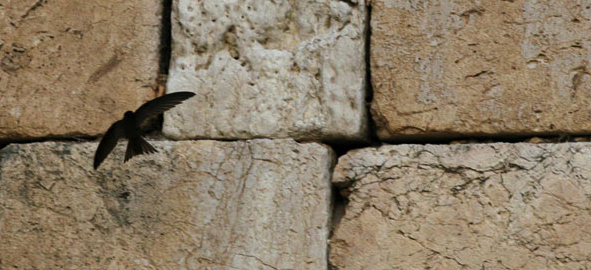
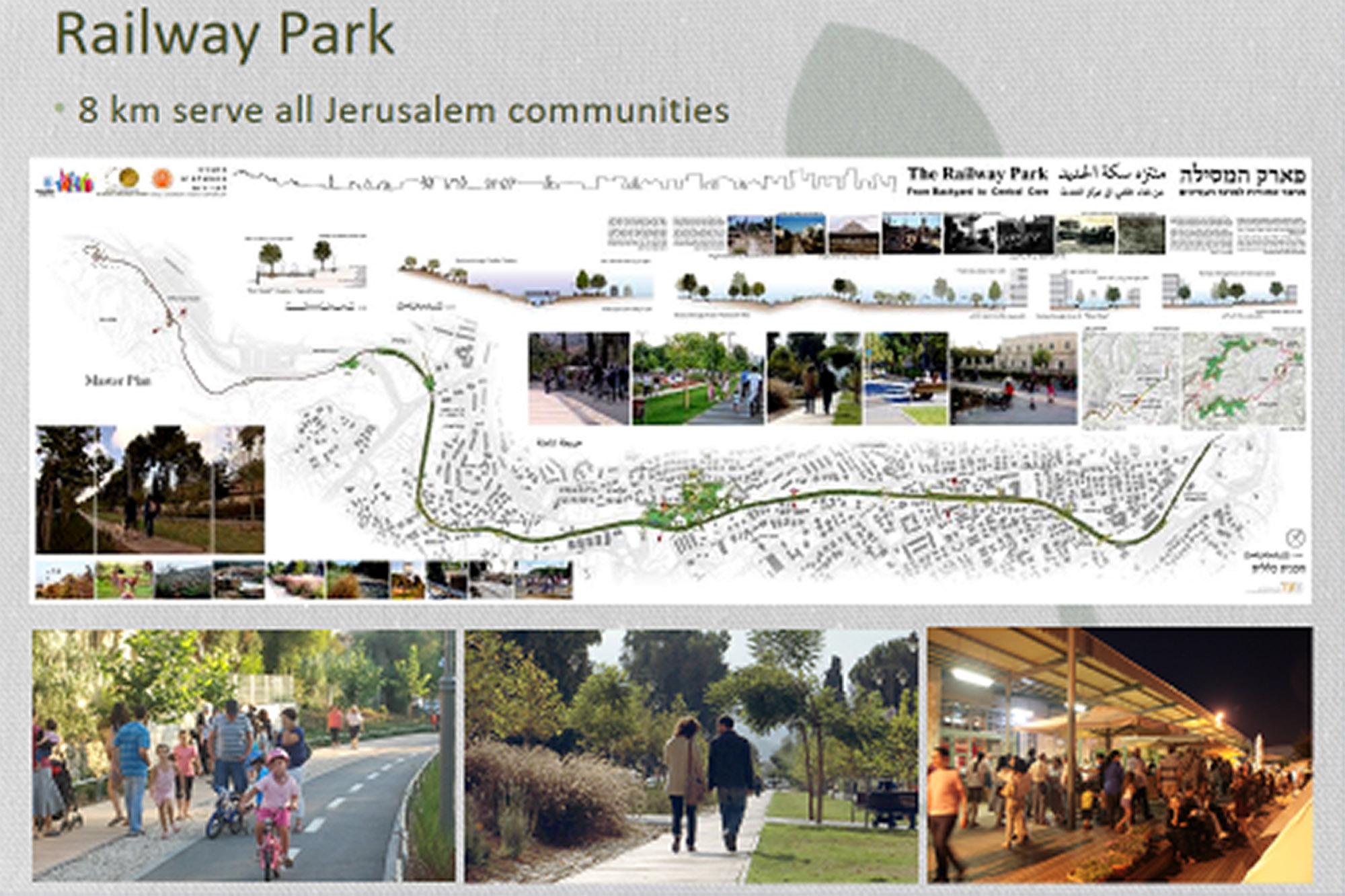

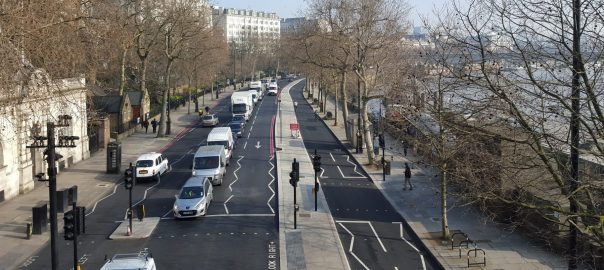
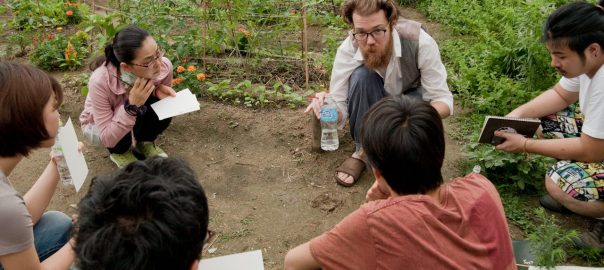
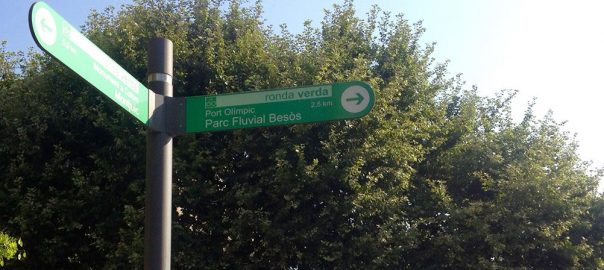
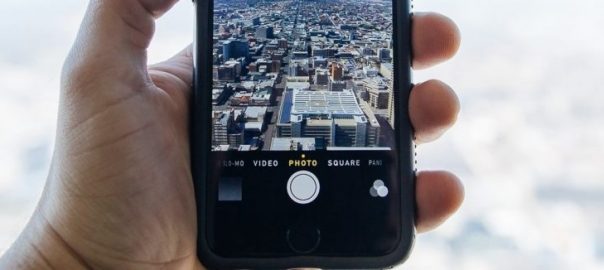
Leave a Reply